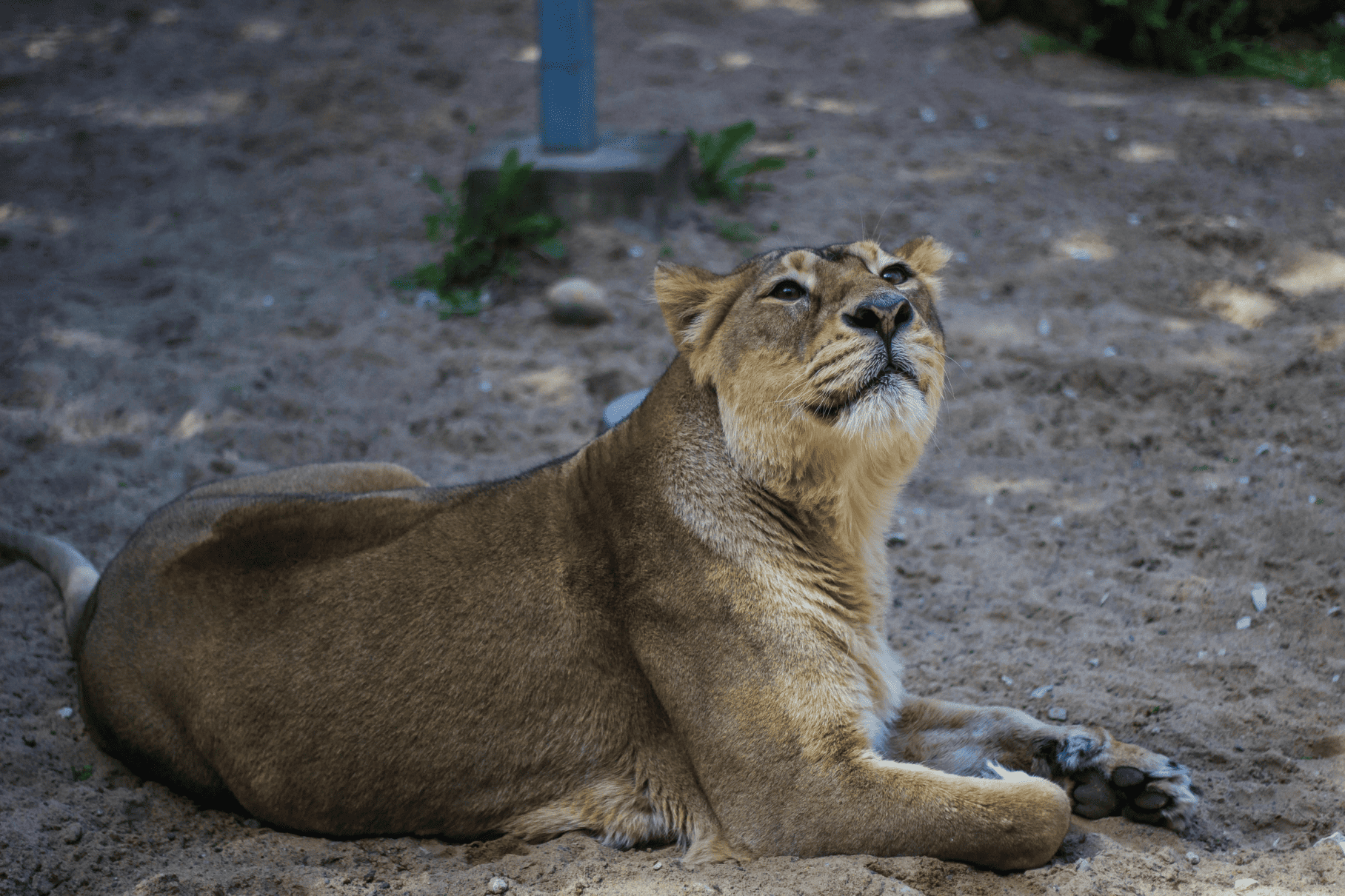
Zoos and the Future of Conservation: Protecting Species in a Changing World
In a world where natural habitats are rapidly disappearing, zoos have become essential for the survival of many species. Deforestation, urban expansion, and climate change have severely impacted animal populations worldwide, leaving many species at risk of extinction. Zoos provide a critical lifeline, offering safe environments where endangered species can live and breed. Through conservation breeding programs, zoos are preserving genetic diversity, which is essential for the health and resilience of populations. Breeding pairs are carefully selected to ensure genetic variation, preventing the risks associated with inbreeding.
Read More
Innovative Zoo Enclosures: Designing Spaces That Mimic the Wild
Modern zoos prioritize animal welfare by creating enclosures that closely resemble natural habitats. Gone are the days of concrete cages and minimalistic spaces; today’s enclosures are designed to encourage natural behaviors and provide animals with a high quality of life. For example, large cats like tigers and lions live in environments with trees, water features, and varying terrain, allowing them to explore, hide, and climb just as they would in the wild. Similarly, primates are housed in enclosures with ropes, branches, and climbing structures to promote exercise and play.
Read More
Environmental Education: Zoos as Centers for Conservation Awareness
One of the most valuable roles of zoos is their ability to educate the public about conservation. Through exhibits, interactive displays, and educational programs, zoos teach visitors about the importance of biodiversity and the environmental challenges facing our planet. School groups, families, and individual visitors can learn about different species, ecosystems, and the interconnectedness of life. Many zoos offer hands-on learning opportunities, where children can touch animal artifacts, watch live feeding demonstrations, or interact with docents who share interesting facts and answer questions.
Read More
Zoos as Research Hubs: Advancing Scientific Knowledge of Animal Health and Behavior
Zoos are not only homes for animals; they are also research centers where scientists conduct studies that contribute to our understanding of animal health, genetics, and behavior. Research conducted in zoos is essential for conservation, as it provides insights that can be applied to wildlife management and species survival strategies. For instance, zoos study reproductive biology to improve breeding programs, helping endangered species maintain healthy populations. By examining reproductive cycles, scientists can determine the best conditions for mating and ensure that breeding efforts are successful.
Read More
Rescue and Rehabilitation: Zoos as Safe Havens for Injured and Orphaned Animals
Many zoos serve as rescue and rehabilitation centers, providing care for animals that have been injured, orphaned, or displaced by human activities. From birds with broken wings to young animals orphaned by poaching, zoos offer a safe and supportive environment where these animals can recover. Veterinary teams, animal caregivers, and behaviorists work together to provide medical treatment, physical therapy, and socialization, helping animals regain strength and confidence.
Read More
Building Community Connections: Zoos as Places of Gathering and Social Responsibility
Zoos are community hubs that bring people together around a shared love for animals and the natural world. They are popular family destinations where people can spend time together while learning about wildlife, creating shared experiences that leave lasting memories. Zoos host a variety of events that appeal to different age groups and interests, from family days and senior discounts to photography workshops and behind-the-scenes tours. By offering inclusive programming, zoos make nature accessible to all and encourage visitors to learn more about conservation.
Read More